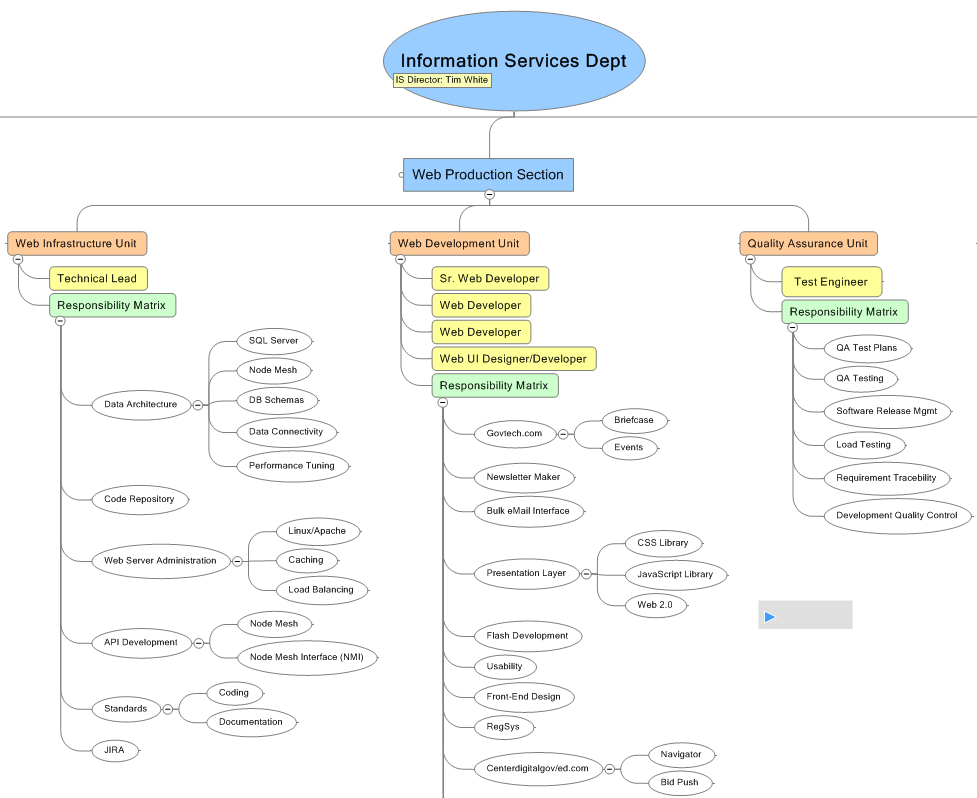August 2009
How to Make an IT Department Efficient


Like many IT executives, I have heard and experienced the derision from end-users and executives regarding the inefficiencies and delays in the IT department. This can degenerate into the IT dept vs the rest-of-the-company and brings to mind the trench warfare of World War I. This is definitely an unhappy state of affairs with IT staffers digging deeper into their bulwarks and end-users dreaming up ever more destructive ways to get attention and service.
What is the answer to this dilemma? Certainly not more complexity and barriers of technical jargon that no one outside the dept understands. No, the primary answer is:
PROVIDING CLEAR COMMUNICATION CHANNELS FOR THE RECEIPT AND HANDLING OF REQUESTS PLUS FURNISHING THE VITAL INFORMATION OF WHAT IS GOING ON.
Do you know every type of request coming into the dept with a clear procedure of how to handle it? Without this analysis, the flow of requests is just one BIG flow with everything jumbled resulting in confusion and inefficiency. Given a good analysis, clear procedures for handling and specific staff identified for such, then an orderly directing and channeling of requests can occur.
This is more than just having a ticketing system in place: it is the overall plan of handling each type of request the dept receives on a regular basis. I would begin with flushing out a map of all IT dept requests (MindManager or XMind are good products for this). Then, I would work with my staff to work out the exact handling of each request and document the procedures on a dept wiki (Mindtouch Deki is a good one). Finally, I would flush out which staff would handle each type of request and create an org chart or org board map showing staff positions and the associated responsibilities of each.
Here is an example org board for the web production section showing basic responsibilities at the unit level:

Working through these organizing steps will allow the dept to inflow requests and channel them efficiently through the dept. I have found this to be immensely effective.
Now, to furnish the vital information of what is going on requires a good ticketing system that provides excellent email communications to and from the end-users (Jira is a good solution). Such a system can channel the requests, move them through the processes and keep everyone informed on what is really going on.
An established Service Level Agreement (SLA) is also vital as it sets the playing field rules. The SLA needs upper management buy-in and be clearly documented on the wiki or other easily accessible platform by end-users.
The final component is keeping the senior executives well informed on the status of projects and issues. This is covered in part 2 of this post and is, perhaps, the most vital component, at least for one’s career.